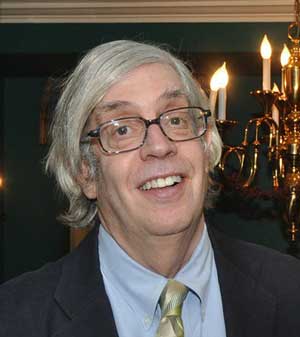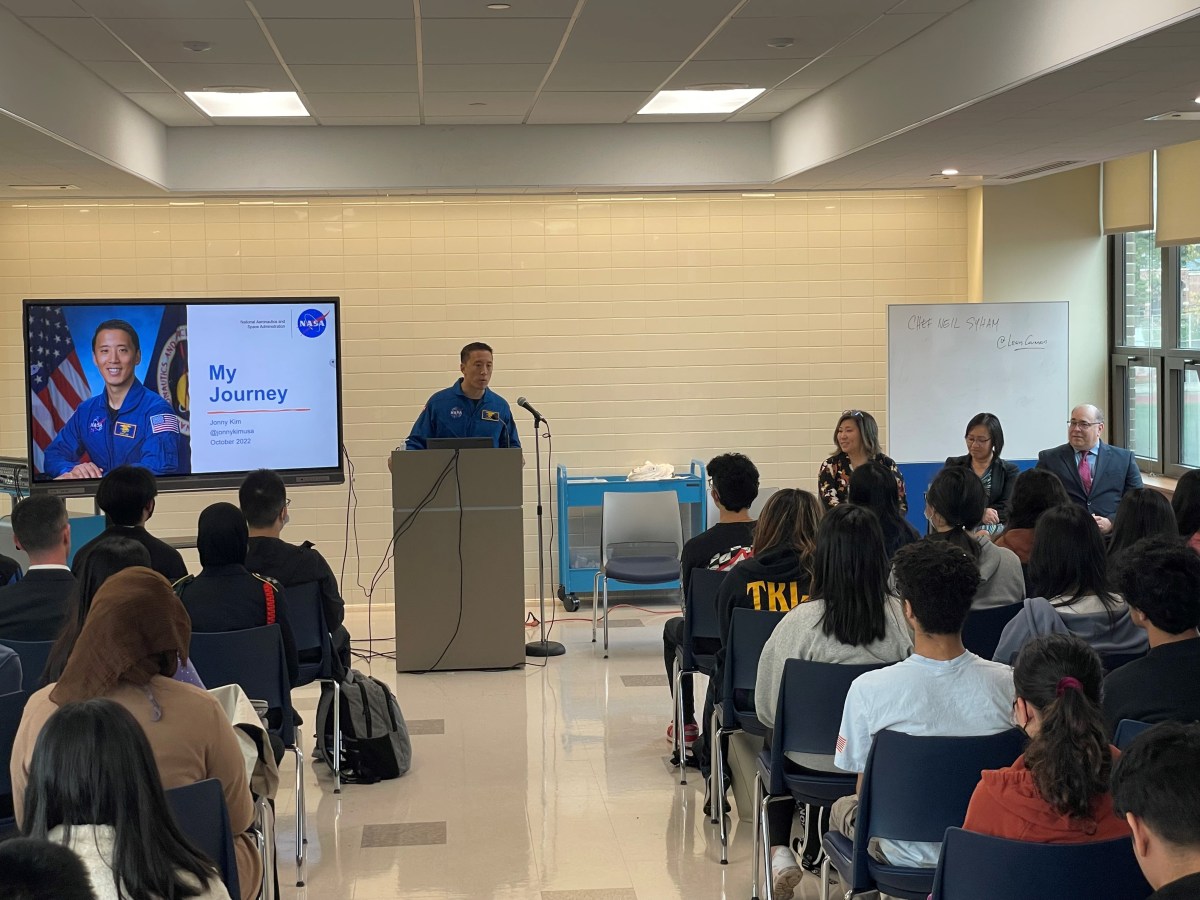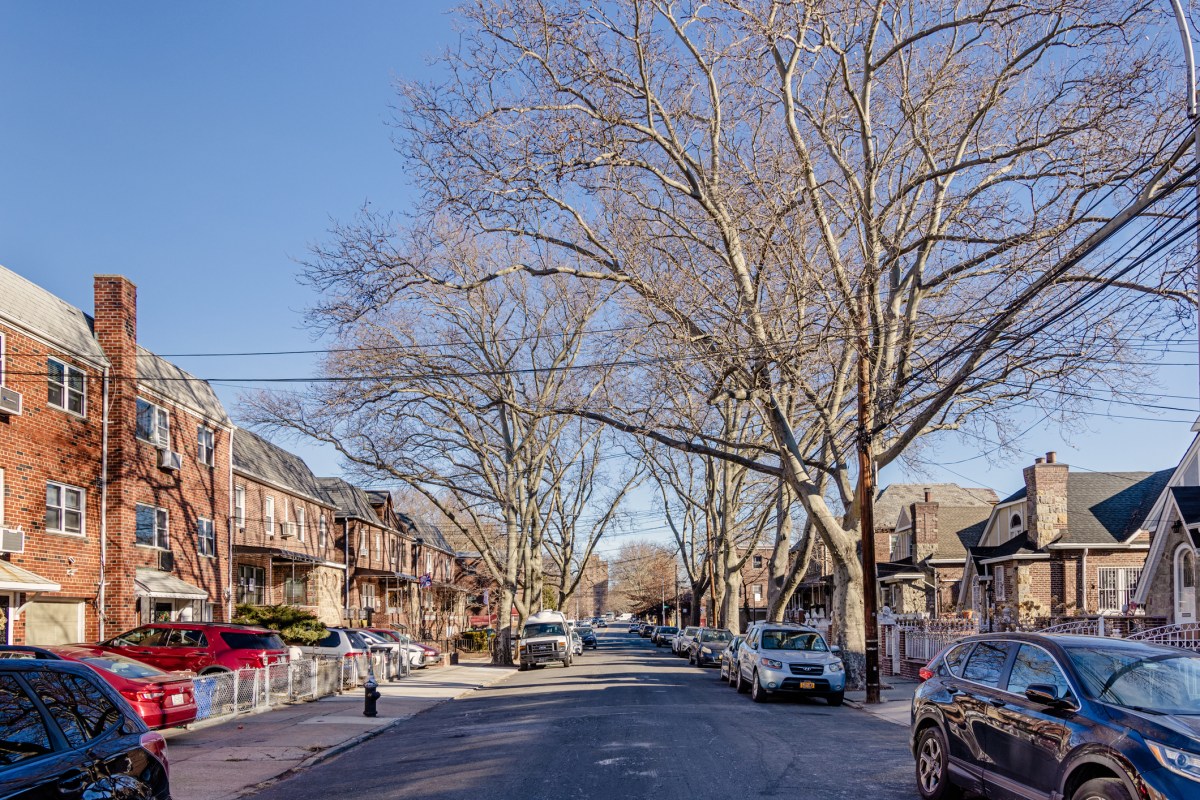
BY GARY SHAPIRO | Michael Nash, a leader in preserving the history of the left, has died. As educator, archivist and historian, Nash led New York University’s Tamiment Library and Robert F. Wagner Labor Archives.
“Mike had a profound understanding of how the history of the left fit together with all its parts. It was so alive to him, he brought it to life for others,” said Michael Stoller, director of collections and research services at N.Y.U. Libraries.
Stoller said Nash was both archivist and academic.
“He understood what scholars themselves were looking for in an archive,” he noted.
The Tamiment collection has vast holdings relating to radical history of many stripes.
The Wagner Archives have traditionally sought to preserve the historical record of the trade union movement, with a special focus on the New York labor movement.
“He sought to enrich the collection with archival material and programming on the social and cultural history of the working class,” said N.Y.U. history professor Daniel Walkowitz.
The tousle-haired Nash could be seen working long hours, introducing student classes to the collection or advising visiting fellows. He forged closer relations with such intramural institutions as Ireland House.
He landed collections of Guantanamo lawyers, Victor Navasky of The Nation, and those of Howard Zinn, whose papers are at the intersection of history of the left and the subject of writing history itself.
Michael Ratner, the president of the Center for Constitutional Rights, recalled marveling as Nash dove athletically into a damp room off an underground parking garage in Brooklyn to expertly select boxes from activist lawyer William Kunstler’s papers.
Nash’s acquisition of the archive of C.I.A. apostate Philip Agee amounted to cloak-and-dagger. The flight from Havana to Montreal was met on the tarmac by the Canadian mounted police, the C.I.A. and the F.B.I. The materials were redirected to Ohio, where they were confiscated and sent to Washington, D.C. Most of it eventually arrived at the Tamiment.
“He knew it was going to be important to researchers,” said Stoller.
The Tamiment now also has Agee’s typewriter that had once been bugged.
The archivist’s most eye-opening catch came after receiving a phone call from the Communist Party U.S.A. asking if he would have their archives, due to remodeling and lack of funding.
Nash rooted around dusty filing cabinets, closets and storage areas.
“They didn’t take anything away, they didn’t know what I was looking for, they didn’t review anything,” he told NPR in 2007. “You know, I’ve been in this business for 35 years and that’s never happened.”
Under a desk, he found a box with radical union organizer Joe Hill’s last will and testament, which began, “My will is easy to decide/For I have nothing to divide.”
Nash founded and co-directed the Center for the United States and the Cold War, as well as the Frederic Ewen Center for Academic Freedom.
With these two centers and with the papers of the Communist Party at the Tamiment as the result of Nash’s efforts, more attention and programing has been paid than in previous years to topics that intersect with the Communist movement, such as the Cold War, the McCarthy period, the House Un-American Activities Committee (a.k.a. HUAC) and the Rapp-Coudert Committee.
“His great achievement was to bring a sense of liveliness to the Tamiment,” said writer/scholar Paul Berman. “His great error, in my partisan judgment, was to steer the library away from the anti-Communist left.” He added of the pre-Nash library, “Like most of the old New York socialists, it was an institution dedicated to combating the inroads of the Communist movement on the American left and the American labor movement.”
Nash was good at convincing people and organizations to donate their archives because of his sincerity and likability, Stoller said, noting, “He was a genuine optimist.”
Author Tony Hiss said the only time he ever saw anyone angry with Nash was when the pair were in a “Quiet Car” on Amtrak heading to Harvard Law School to confer about his father Alger Hiss’s defense counsel files. They were roundly “shushed” because Nash could not suppress his naturally enthusiastic voice to a scholarly whisper.
Born in the Bronx in 1946, Nash was interested in Yankee games, comics and baseball cards to the detriment of his elementary school education.
“School was not a priority,” said his wife, Jeanne Ross-Nash, adding that, in that regard, “He’s definitely not a role model here.”
He considered becoming a mathematician or an economist.
His parents’ activism was formative for Nash. In the public schools, his mother, Ruth, taught business, and his father, Julius Nash, taught science. Julius was fired in 1962 for falsifying his teacher application stating that he had never been a member of the Communist Party.
Nash’s father went on to manage a toy store and also teach at the Yeshiva of Flatbush.
His mother was a member of the Committee of Labor Union Women.
“She was very much the feminist,” Ross-Nash said.
During his induction physical for the Army, the anti-Vietnam War activist checked a box saying he was a 1930s veteran of the Spanish Civil War. An examiner said, “It’s absurd you checked that.” Nash replied, “It’s absurd you asked that.” His reward was an exemption: unfit for service.
After undergraduate study at Harpur College at Binghamton University, he earned master’s degrees in history and library science at Columbia University, and a doctorate in 1975 at Binghamton in labor history.
Melvyn Dubofsky, a professor emeritus at Binghamton University, served on Nash’s dissertation committee in the early 1970s. Dubofsky recalled that the young scholar argued that among immigrant steelworkers and coal miners, there was more radical sentiment than previously believed. The dissertation became Nash’s first book, “Conflict and Accommodation: Coal Miners, Steel Workers and Socialism, 1890-1920” (Greenwood Press).
Nash went on to co-edit “Red Activists and Black Freedom: James and Esther Jackson and the Long Civil Rights Revolution” (Routledge) and “The Good Fight Continues: World War II Letters From the Abraham Lincoln Brigade” (NYU Press). Other works by Nash covered archival subjects, such as editing, as in his “How to Keep Union Records.”
He and his wife met at a party in Park Slope. She brought clam dip, and he accidentally bumped into her, spilling it all over both of them.
Earlier in his career, he worked in archives at the New York Public Library and Cornell University, followed by a 20-year stint at the Hagley Museum and Library in Delaware.
For a labor historian, Nash certainly knew his way around the business world, handling corporate donors with aplomb. He even consulted with Bank of America about its archives. At the Hagley Museum, he broadened the collection to include the history of consumer goods. He deserves a toast for acquiring the Seagrams archive, formerly housed in a warehouse in Queens. Also for the Hagley Museum, he snapped up the Avon cosmetics archive, a company that he viewed as helping women gain an economic foothold. He also built the museum’s collection to cover early years of the computer industry.
“To sense a collection’s utility and figure out whether it will be of interest to future historians is not an everyday skill of archivists,” noted Glenn Porter, director emeritus of the Hagley Museum and Library, who hired Nash. “Some archivists never see a collection they didn’t want.
“I really can’t imagine an archivist anywhere with the range to acquire the archives of the U.S. Chamber of Commerce for the Hagley Museum and the Communist Party for the Tamiment,” noted Porter.
But it was a return in 1992 to his first love — labor history — at the Tamiment that was the culmination of his career.
His collecting spanned some sectarian divides.
“There are records and papers sitting on shelves donated by people who would not want to be in the same room together,” said Chela Scott Weber, acting director of the Tamiment.
Nash succumbed to a pulmonary embolism.
In addition to his wife, Jeanne Ross-Nash, a psychotherapist in private practice, he is survived by two sons, Raphael Nash of Pittsburgh, Pennsylvania, and Gabriel Nash of Wilmington, Delaware.
Over the past year, Nash got to know Occupy Wall Street activists well enough that some attended his shiva, the Jewish mourning rite of gathering at the deceased’s home.
He enjoyed heading down to meetings of the O.W.S. “Think Tank” and the Archives Working Group with college-age provocateurs in their late teens, 20s and 30s.
“Mike felt like he was young again,” his wife said.


































